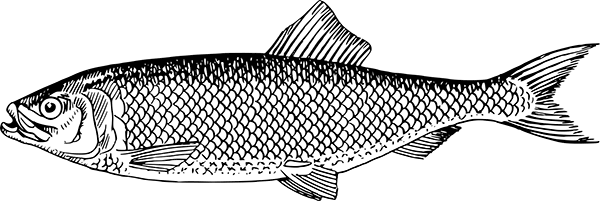On the development of beam trawling which doesn’t target herring (but destroys their spawning grounds) and pelagic trawling which does
TRAWLING
Historically, ‘trawling’, as a term, seems to have been used to cover any kind of boat-based fishing in which a net is drawn through the water, actively surrounding the fish. In the early C19th, when ring netting was being developed in Loch Fyne it was referred to as trawling. It defined the method in opposition to ‘drifting’ or ‘drift netting’ which is a passive method – the herring swimming up into the nets as they rise to feed.
Trawling developed from the C15th as an efficient alternative to long lining (fishing with multiple hooks). In the C17th trawling was being pursued using a Dutch-style boat known as a Dogger (after which the Southern North Sea fishing grounds of Dogger Bank were named). Modern trawling developed from innovations in Brixham in the first half of the C19th. Both approaches, dragging the net along the sea bed, were concerned with demersal species.
As a pelagic or mid-water fish, the herring might not have been bothered about it, but the heavy beam used to weight the net, bumping along the bottom, disturbs and destroys the small areas of gravelly sea bed used by herring for spawning. So it’s a bad thing.
Adding insult to injury, as they experimented with lifting the beam trawl net off the bottom (to catch more fish rather than to prevent environmental damage), the fishermen developed pelagic or mid-water trawling which targets shoaling fish such as herring, sprat and mackerel. Losing the beam, a conical net was developed, which can be towed by one or two boats.
